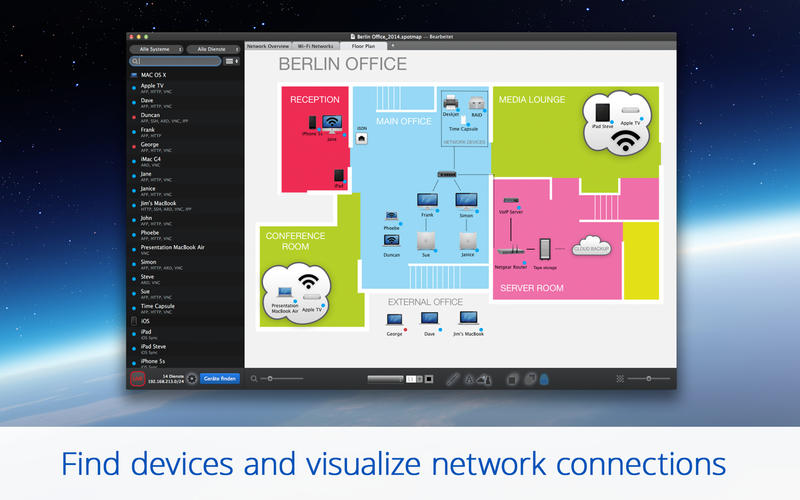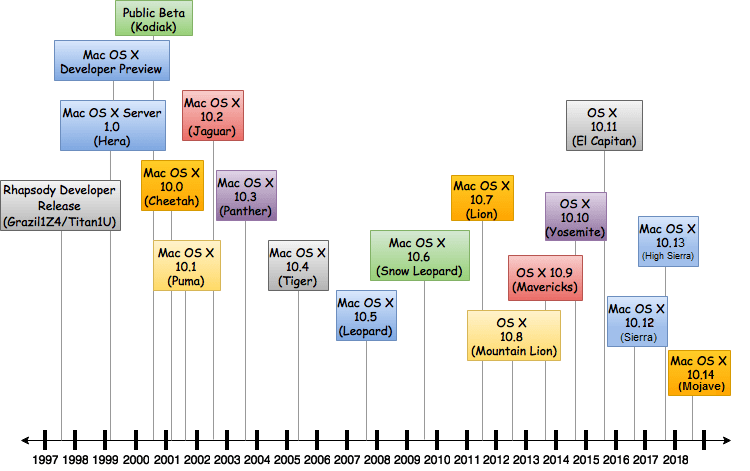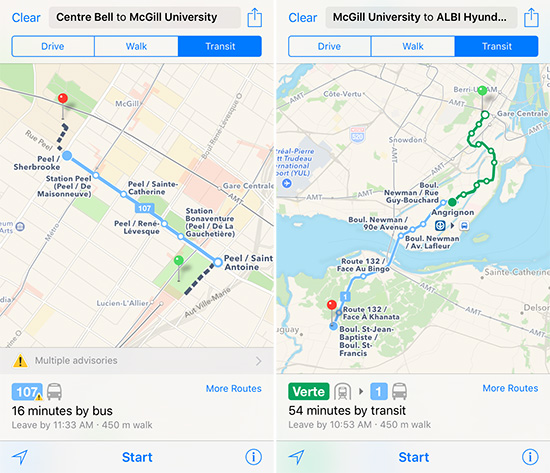

- #App store projection mapping for mac os sierra software license#
- #App store projection mapping for mac os sierra install#
- #App store projection mapping for mac os sierra drivers#
- #App store projection mapping for mac os sierra full#
- #App store projection mapping for mac os sierra pro#
On the next screen, click “Show All Disks”.Ĭhoose your newly formatted external device and click “Install”.Įnter your system password and hit Enter.
#App store projection mapping for mac os sierra software license#
“Agree” to the software license agreement. When macOS Sierra is downloaded, it is saved in your Applications folder.
#App store projection mapping for mac os sierra install#
Now, you’re ready to install macOS Sierra on your external device. When the operation is complete, you will see the following message. You can also give your device an appropriate name, if you want. Then click “Erase”.
#App store projection mapping for mac os sierra full#
Once the drive is unmounted, select the full disk in the left sidebar (labeled “UFD 3.0 Silicon” here)-not the sub-disk(s) under it (labeled “Untitled” here)-and click “Erase” in the top row of buttons.įrom the resulting dialog, format your device as “Mac OS Extended (Journaled)” and use the scheme “GUID Partition Map”. If there is anything you want to save, make sure you back it up first!

WARNING: Before proceeding, understand that formatting will obviously erase everything on your device. In our case, our drive is partitioned using Master Boot Record rather than GUID. So, we definitely need to format it. Once Disk Utility is running, click on your external device in the left-hand pane and check the partition map. Disk Utility can be found in the Applications > Utilities folder or by searching for it using Spotlight. To check what format your drive is using (and change it), you’ll need to launch your Mac’s Disk Utility. In order for your external device to function as a startup disk, it must be formatted as Mac OS Extended and employ a GUID partition map. Step One: Format Your External Startup Disk While that downloads, you can move onto the next section and start getting your external device ready. Make sure you click “Download” and let it save to your Mac’s hard drive. You can download the Sierra installer in the App Store by searching for “macOS”. Second, you’ll need a copy of the macOS Sierra installer. If this still sounds useful to you, though, read on. So keep that in mind-you probably won’t want this to be your main macOS system. You definitely want to use a USB 3.0 (or USB-C if you’re using a newer Mac) device, and even then, your system isn’t going to be nearly as snappy as your normal internal drive. For example, your storage capacity is likely to be significantly less than your normal system disk, especially if you use a flash drive.Īlso, speed will be a limiting factor. Of course, while these are some pretty good advantages, there are also some distinct disadvantages. Or you can take it with you to work or a friend’s house while keeping all your applications and files. Maybe you’re having problems booting into your Mac and you want to try to access the internal drive to do some troubleshooting or back up important files-this will let you do that. This allows you to take a fully-fledged macOS installation with you wherever you go, for use on any Sierra-compatible Mac. The method described here actually creates a fully functioning macOS Sierra installation on an external USB device. Keep in mind, this is not the same as using an external device to install macOS, which lets you install macOS from an external USB device. Is there something I can do to resolve it interim?Īpols if there is content already on this in the uld find anything in search.Ever wish you could take your Mac with you on an external drive? You can actually install macOS Sierra on an external drive, flash drive, or SD card, then use that device as your macOS system disk wherever you go.Is Apple aware of this problem?/Is it indeed the issue?.In a way I've solved my problem, but I really prefer mirroring when running a slide show. I immediately fired up my projector and took it out of mirroring.and "bingo" no crashes.

This morning I stumbled across website stating that there is an issue with High Sierra being able to mirror screen with "some" displays.
#App store projection mapping for mac os sierra drivers#
I made sure all my OS updates were in.un-installed/re-installed Adobe CC apps and Epson drivers to no avail. Once signed back in all of my previously opened apps are closed out. The screen goes "haywire".I hit "Escape" and am booted out to user sign in. The past couple of times, however, I started experiencing 3-4 system crashes over a 2 hour stretch of projecting.
#App store projection mapping for mac os sierra pro#
First, a little background - for some time I have used my MacBook Pro (Mid-2014) with an Epson 1980WU projector as a (flawless) combination to share images via Adobe Bridge CC slideshow at photo gatherings.


 0 kommentar(er)
0 kommentar(er)
